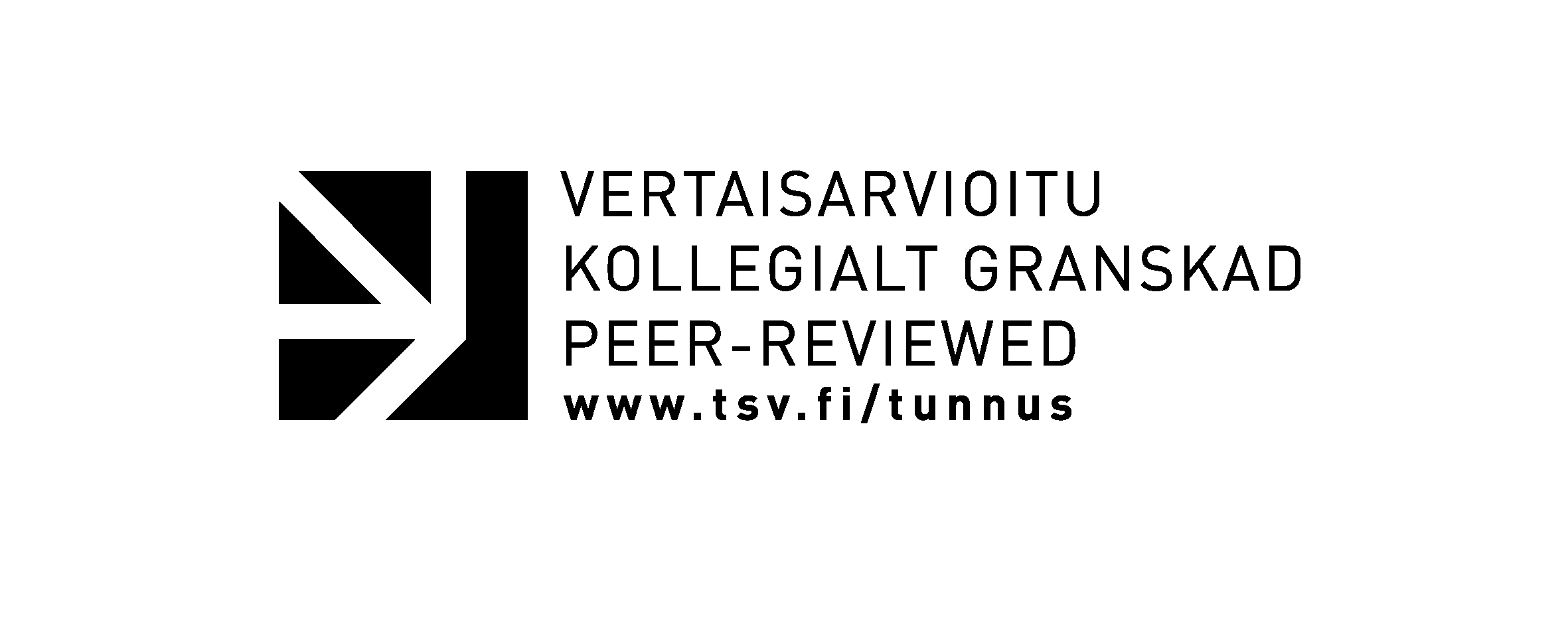The Fashions of Snæfellsness
A case study of clothing and textiles in four sagas of Icelanders
Keywords:
Icelandic sagas, textile history, sagas of Icelanders, dress, clothesAbstract
The sagas of Icelanders (Íslendingasögur) are an important part of European literary history. Both the sagas’ historical background and their literary techniques were studied intensely in the last century, but dress and fashion in Old Norse–Icelandic literature received comparatively little attention in this period. Moreover, the literary corpus and textile history have rarely been used to illuminate one another; however, as this article will demonstrate, synthesising data and methodological approaches from both fields can yield new knowledge about both historical textiles and the sagas.
This article focuses on four of the sagas of Icelanders that are set on the Snæfellsnes peninsula: Bjarnar saga Hítdælakappa, Bárðar saga Snæfellsáss, Eyrbyggja saga, and Víglundar saga. The central question the article poses is, how are social norms and cultural ideas reflected in clothing and textiles in these sagas? This study presents a comprehensive and multifaceted view of the textile and clothing imagery by combining qualitative and quantitative textual analysis showing how the imagery is an integral part of the narrative rather than an embellishment. The article reveals that clothing and textiles serve an array of functions in the sagas which are linked to the societal order. Several themes — such as masculinity, social rank, and the practice of magic — are shown to have a close connection with clothing as well as other textiles.
Published
How to Cite
Copyright (c) 2021 Kait Sepp

This work is licensed under a Creative Commons Attribution-NonCommercial 4.0 International License.







